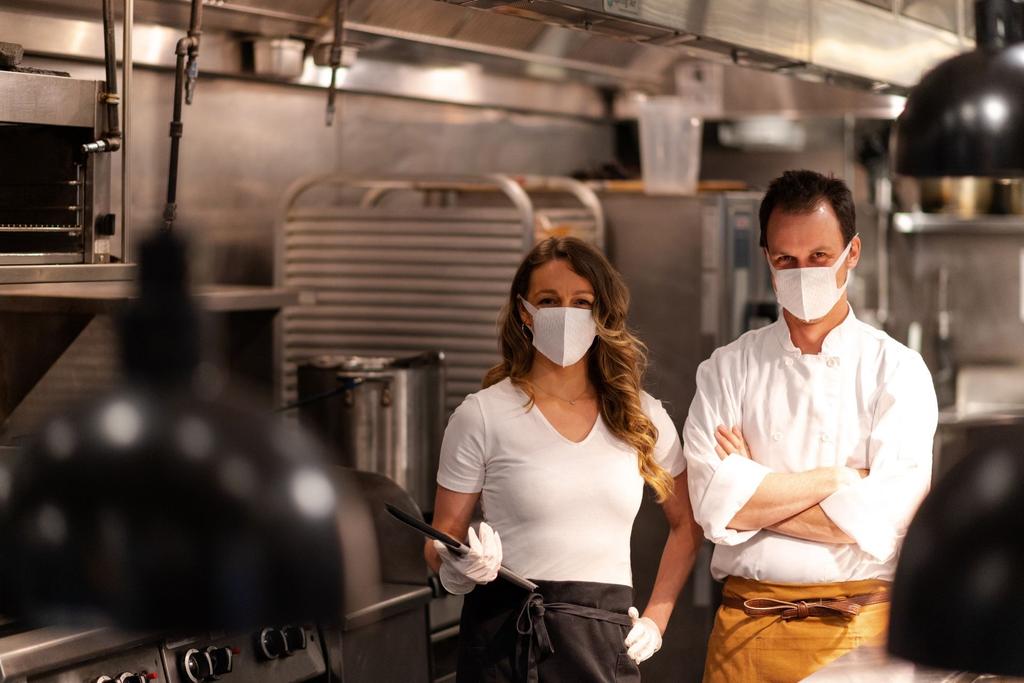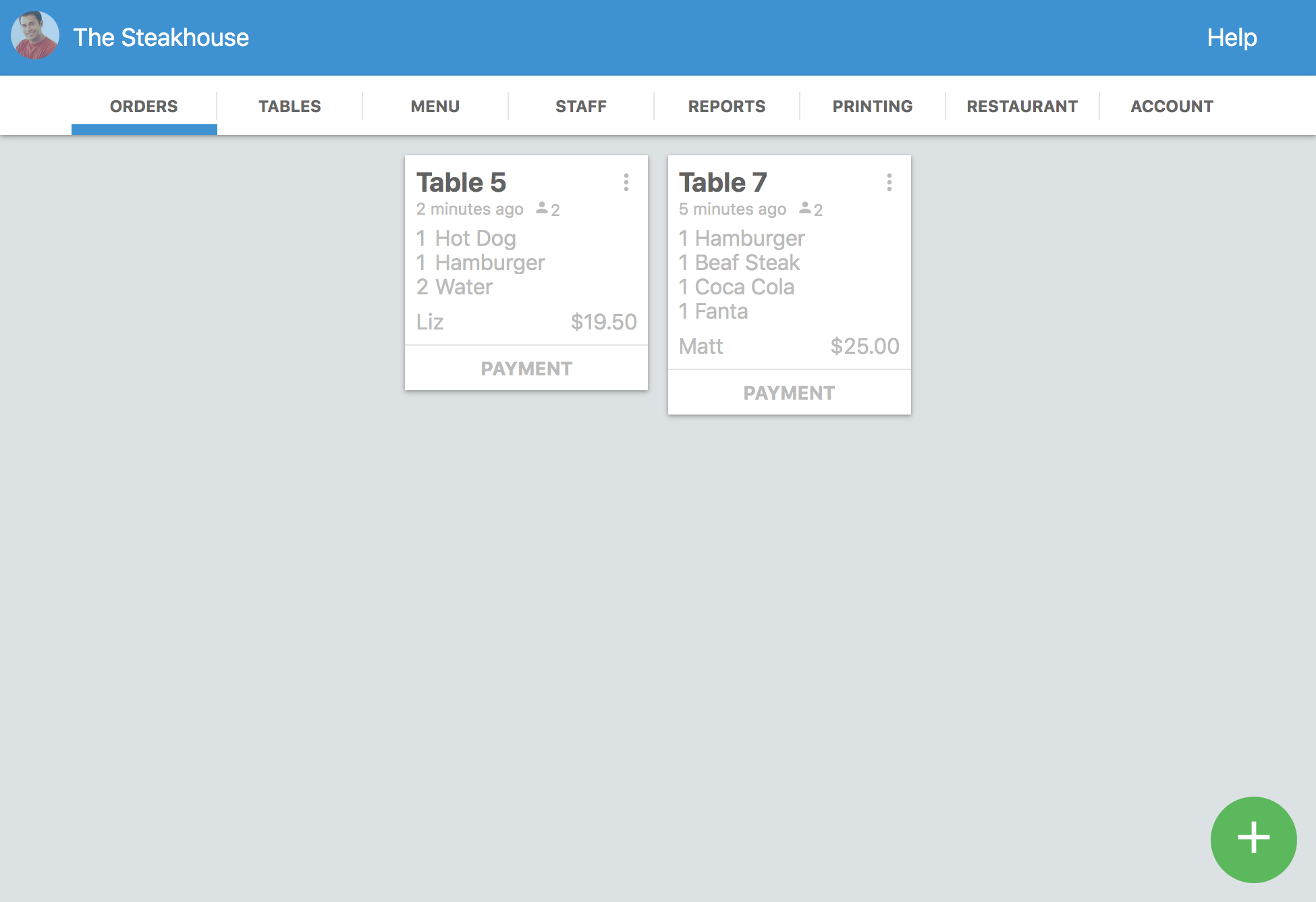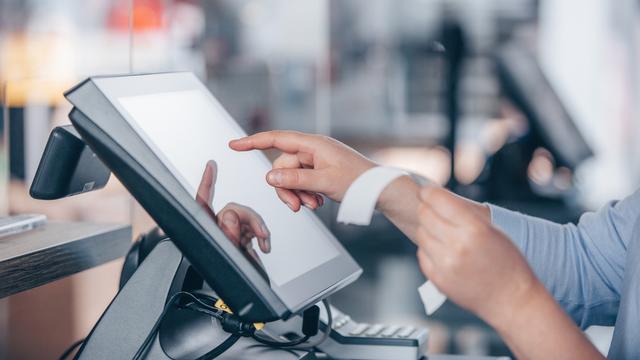Restaurants and professional kitchens can be potentially hazardous places to work if effective safety measures aren’t followed. It only takes one wet surface or heavy object to cause an employee to have a serious injury. It takesan average of 30 days for someone to return to work after experiencing an injury which is why it’s so important to keep your employees safe.
General Safety Tips For Restaurants During COVID-19
It’s now more important than ever to maintain safety - whether it’s outdoors or indoors, such as your restaurant. It’s your job to ensure you protect not only yourself but also your employees and customers during coronavirus. Here’s what you can do right now to keep everyone safe:
- Conduct a risk assessment: A COVID-19 risk assessment will help you manage risk and protect people. Identify what might cause transmissions of the virus, think about who could be at risk, decide how likely it is that someone could be exposed, and act to remove or control the risk.
- Clean more often: Increase how often you clean surfaces, especially those that are touched a lot. Add more hand sanitizing stations and ask both staff and customers to use them and also wash their hands more frequently. This is especially important in a restaurant where kitchen staff will regularly be handling food.
- Face coverings: Where required to do so by law, ask your customers to wear face-covering so they keep themselves and those around them - including your employees - safe. This also goes for your employees; they either need to wear face masks or shields to stop potential transmission.
- Enforce social distancing: As the employer, you might need to change your restaurant’s layout both in the kitchen and in the main seating area. You can have less staff in the kitchen and even put up signs and one-way systems for everyone to follow so everyone can stay a safe distance apart.
- Increase ventilation: Keep doors and windows open where possible and also run ventilation systems at all times.
- Send staff home when they display symptoms: Even if you decide to have fewer staff members during shifts, if anyone is displaying any coronavirus symptoms, send them home to self-isolate. Whether it’s a cough, high temperature, or even losing their sense of taste or smell, they shouldn’t be working at the restaurant.
Perform Safety Checks For Your Kitchen
Employees need to concentrate on their work without worrying about their safety. A good place to start is with a kitchen safety risk assessment. This involves identifying the hazards that are present in the kitchen and who is most at risk of being harmed. This can be anything from sharp knives and heavy boxes to wet floors and hot liquids.
When you work in the same place every day, it’s easy to overlook potential hazards so make sure the identification process is thorough. Ask the kitchen staff to consider hazards you might have missed.
Once you’ve made a list of all the possible risks in the kitchen, consider who might be harmed and how. This information is useful when it comes to deciding protective measures.
Some of the risks will feel obvious but they’re just as important to kitchen safety and should be treated seriously. The staff who are new to kitchen environments might not realize some of the more common risks so an assessment will ensure they’re protected.
After you’ve collated the risks, consider whether you can remove them completely or at least reduce them to where harm is unlikely. Solutions might prevent access to the hazard, distributing protective equipment, or finding an alternative.
Once completed, share your findings with the wider kitchen team and inform them of any changes that have been made. Then, remember to review the assessment regularly as hazards change and new members join the team.
Hold Regular Staff Training Sessions
The most effective way of reducing kitchen safety incidents is through regular training. All members of staff should know the safety procedures to follow for a variety of scenarios and incidents.
Carry out a few drills to see how staff perform. Did they know what to do? Did they make mistakes? Even simple situations like a smashed glass require a certain procedure. Do your kitchen staff know what that is?
Regular training ensures everyone is prepared for any safety scenario. Take the time to run different drills so all members of the team are prepared in the unlikely event of an emergency.
Carry out the regular fire and evacuation drills so staff can protect both themselves and guests if the situation requires them to. They should know the crucial steps to take for their specific role and where to meet outside once they’ve evacuated.
Learn more about managing your restaurant’s staff in this article.
Ensure Equipment Safety
Restaurants and professional kitchens are home to equipment that can be dangerous if not properly maintained. Mixers, grinders, ovens, and slicers all present dangers to users if they don’t follow good safety practices.
Anyone who’s required to use equipment should receive the necessary training they need to stay safe. Additionally, all machinery should be regularly cleaned, inspected, and maintained so that it’s always up to the required standard.
Carry out a quick audit of the restaurant or kitchen you work in. When was the last time machinery was inspected or replaced? Are potentially dangerous machines equipped with protective guards to keep the user safe?
Wear The Right Attire
To reduce the chance of accidents in the workplace, you should wear the right attire for your role. Clothing, aprons, gloves, hairnets, and other essential items should be worn when needed to keep the kitchen a safe and hygienic place for everyone using it.
Something that’s often overlooked is a person’s footwear. Wearing the right shoes can be the difference between a normal shift and an accident that leaves you unable to work due to an injury.
When choosing the right pair of work shoes, there are a few criteria to keep in mind. First, how slip-resistant are they? Kitchens and restaurants can have wet floors that cause staff members to slip and fall. With slip-resistant shoes, you can move between different floor surfaces without worrying about a possible accident.
Something else to consider is how durable and comfortable they are. You’ll spend a lot of time on your feet during busy shifts. You need footwear that can protect your feet and stop joint pain from developing. Shoes that haven’t been designed to deal with such intensive periods of work are less likely to give your feet the support they need.
Kitchens can be busy environments to work in and heavy objects or sharp knives can easily be knocked off surfaces.It’s vital you wear footwear that has the safety features needed to keep your feet protected. Look for shoes that are puncture-proof and feature toe caps as they’ll protect your feet from sharp objects and toes safe from falling items.
The health and safety of restaurant staff is everyone’s responsibility. If someone sees a hazard that could cause problems, they need to take the necessary action. Whether that’s dealing with the issue of informing others, they should be decisive and proactive. Leaving issues for other people to deal with is how accidents happen.




